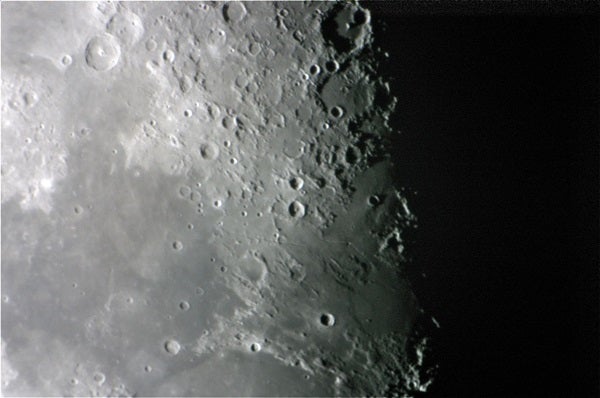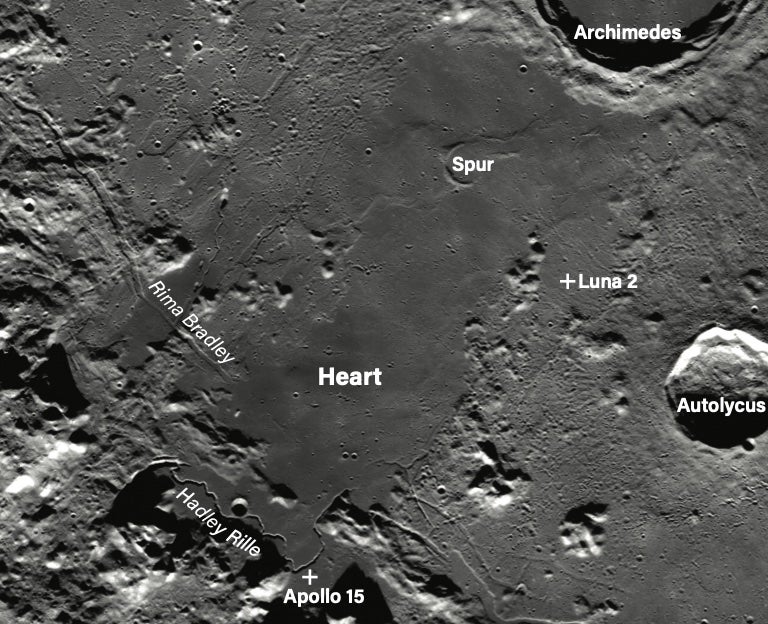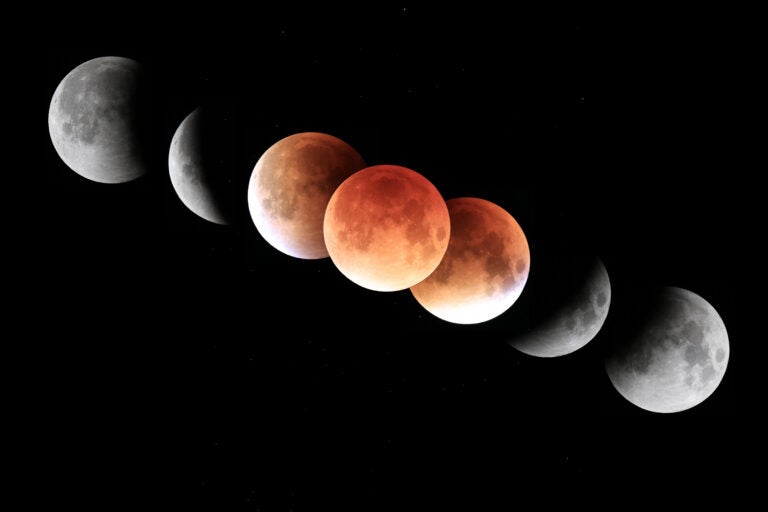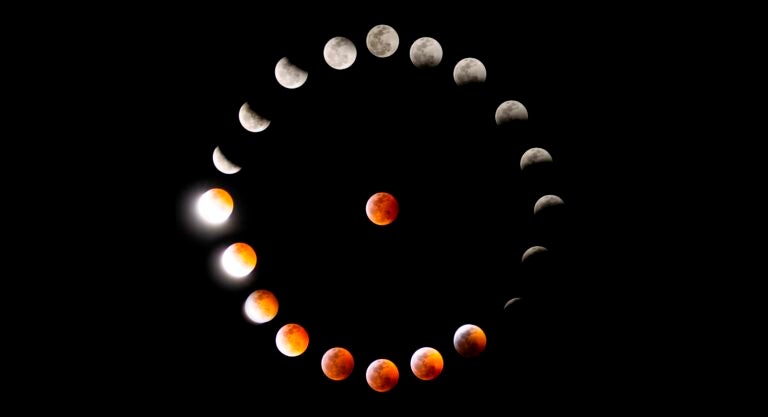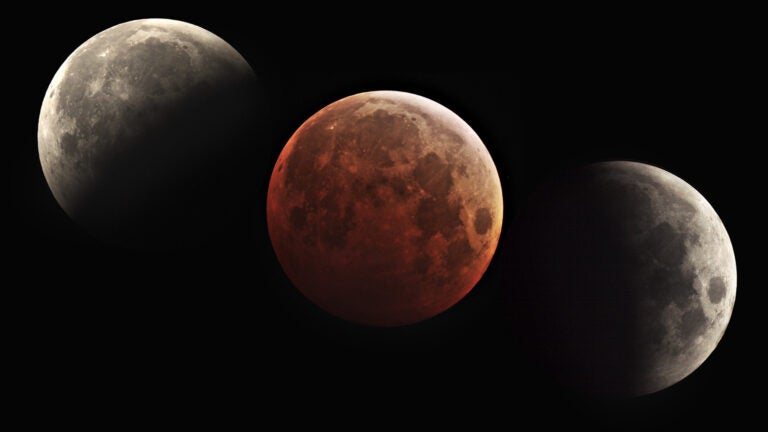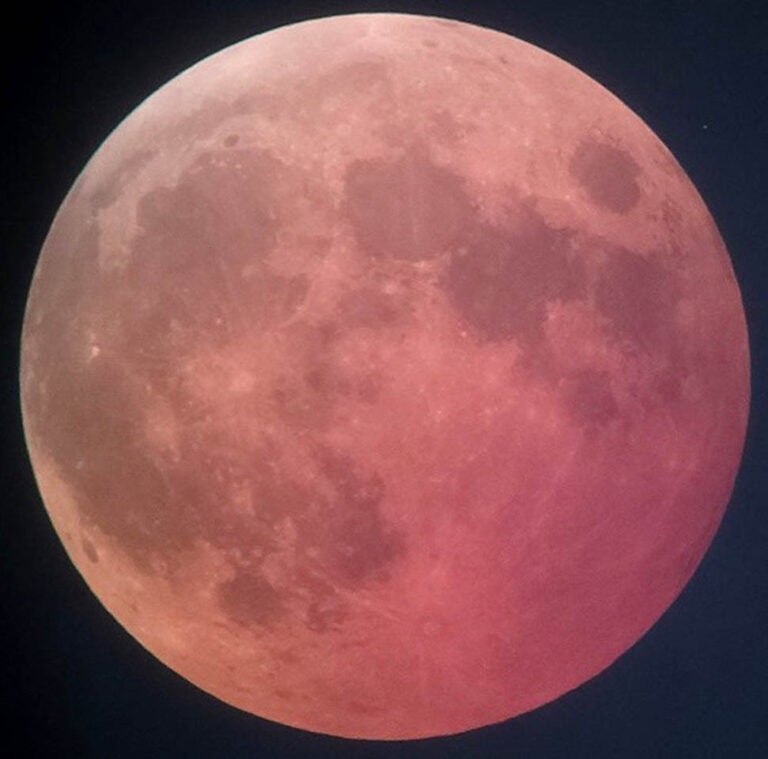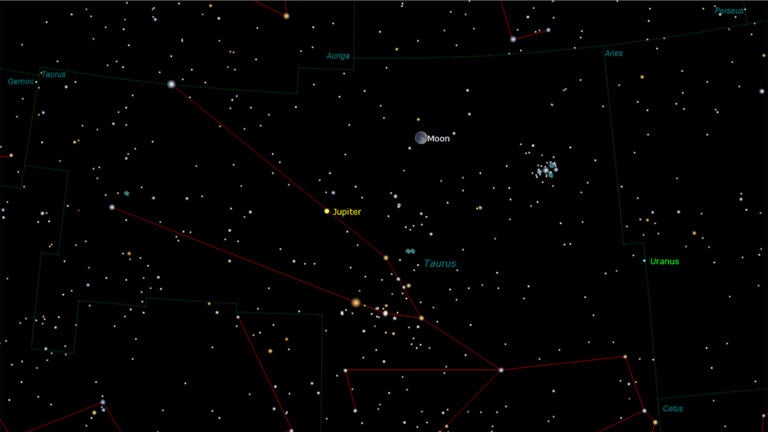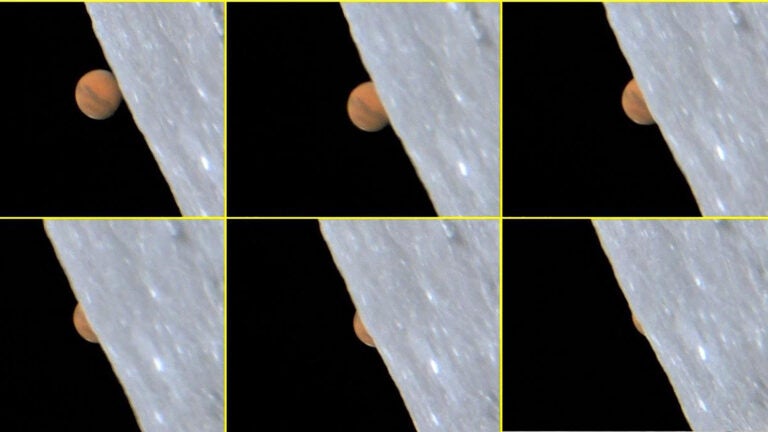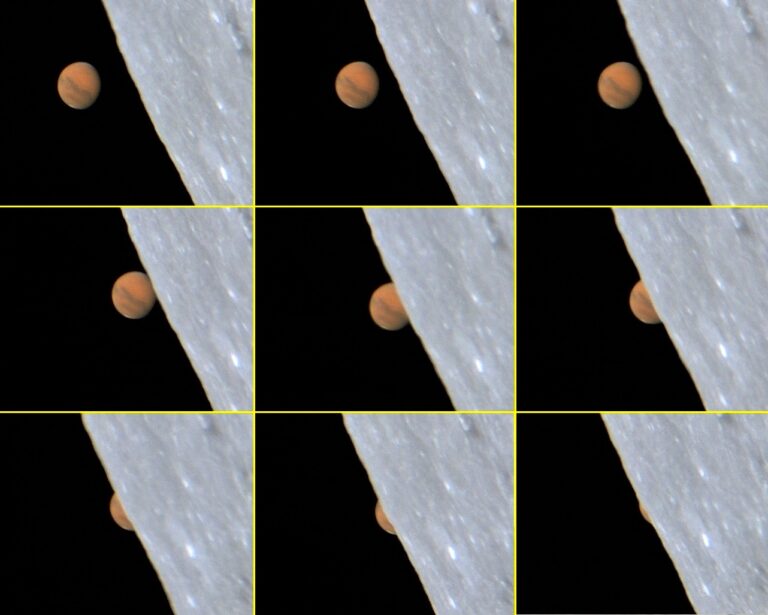My description of the Lunar X and V in the September 2012 issue of Astronomy prompted several reader responses, including one from Brian Swartz of Walkersville, Maryland, who came upon the X just nights before reading about it in my column. “I wasn’t even looking for it, but it stuck out like a sore thumb,” he wrote. “It’s always nice to find little jewels hiding in plain sight.”
Some readers went through files of lunar images they had taken to see if they might have serendipitously captured the X or V. Glenn Holland of Marina del Rey, California, reported, “I began looking through my archives of cellphone shots of the Moon and, to my amazement, found exactly what you described. I guess I was in the right place at the right time.” Joseph W. Jackson of Lowndesboro, Alabama, recalled his initial reaction upon discovering an X on an image he took in May 2012: “When I saw the X, I thought it was a defect or a reflection that I could not explain.” The X and V appeared prominently on a photo Chris Theumen of Pembroke, Ontario, Canada, snapped in December 2008. “I am amazed,” he wrote, “that with pure luck I was able to capture both in the same image without foreknowledge of the existence of either. Neat!”
And then Elvis entered the building. Science-fiction author Jerry Oltion reported seeing the outline of a rock guitarist in the shadowed part of the Lunar V. Then, Astronomy’s own Alister Ling made an independent sighting and went so far as to identify the mystery rocker as none other than Elvis himself!
All of these lunar letter responses got me thinking. When I was a science teacher at a local middle school, I used to marvel at a poster one of my colleagues taped to his classroom wall. It showed the entire alphabet plus the numbers 0 to 9 in patterns that appear on the wings of moths and butterflies. The “Butterfly Alphabet” was compiled by Norwegian photographer Kjell B. Sandved, who worked at the Smithsonian Institution’s National Museum of Natural History in Washington, D.C. If you’ve never seen this remarkable poster, look it up at http://butterflyalphabet.com.
If we can assemble an alphabet from butterfly wings, why not piece together a cosmic version? We’ve found a few letters on the Moon. Perhaps more exist on the moons of other planets. And how about the planets themselves? Is an A or B hiding in the Valles Marineris region of Mars? Have the turbulent cloud patterns of Jupiter or Saturn ever shaped a C or D? We might find letters on the Sun in the form of dark filaments, sunspot groups, or prominences. Think of the letters we might spot within constellations, asterisms, or star clusters. If we search through photographs of nebulae and galaxies, we might even encounter the most colorful and beautiful letters of all. (For inspiration, check out http://mygalaxies.co.uk.)
I found the idea so intriguing that I began searching the Internet for astroimages that contain letters. I even contacted some of the staff and contributors of Astronomy for suggestions. The alphabet we assembled is sparse indeed, but it’s a start.
Perhaps you can help. I’d appreciate any cosmic letters (or numbers) you can locate — either from astroimages you’ve taken or from items gleaned off the Internet. Be sure your image sources are in the public domain — we don’t want any copyright infringements! Email them to me (include the source — yourself or a website). I’ll assemble your submissions, and we’ll consider publishing the final result.
Questions, comments, or suggestions? Email me at gchaple@hotmail.com. Next month: a Sagittarius cluster-hop. Clear skies!


